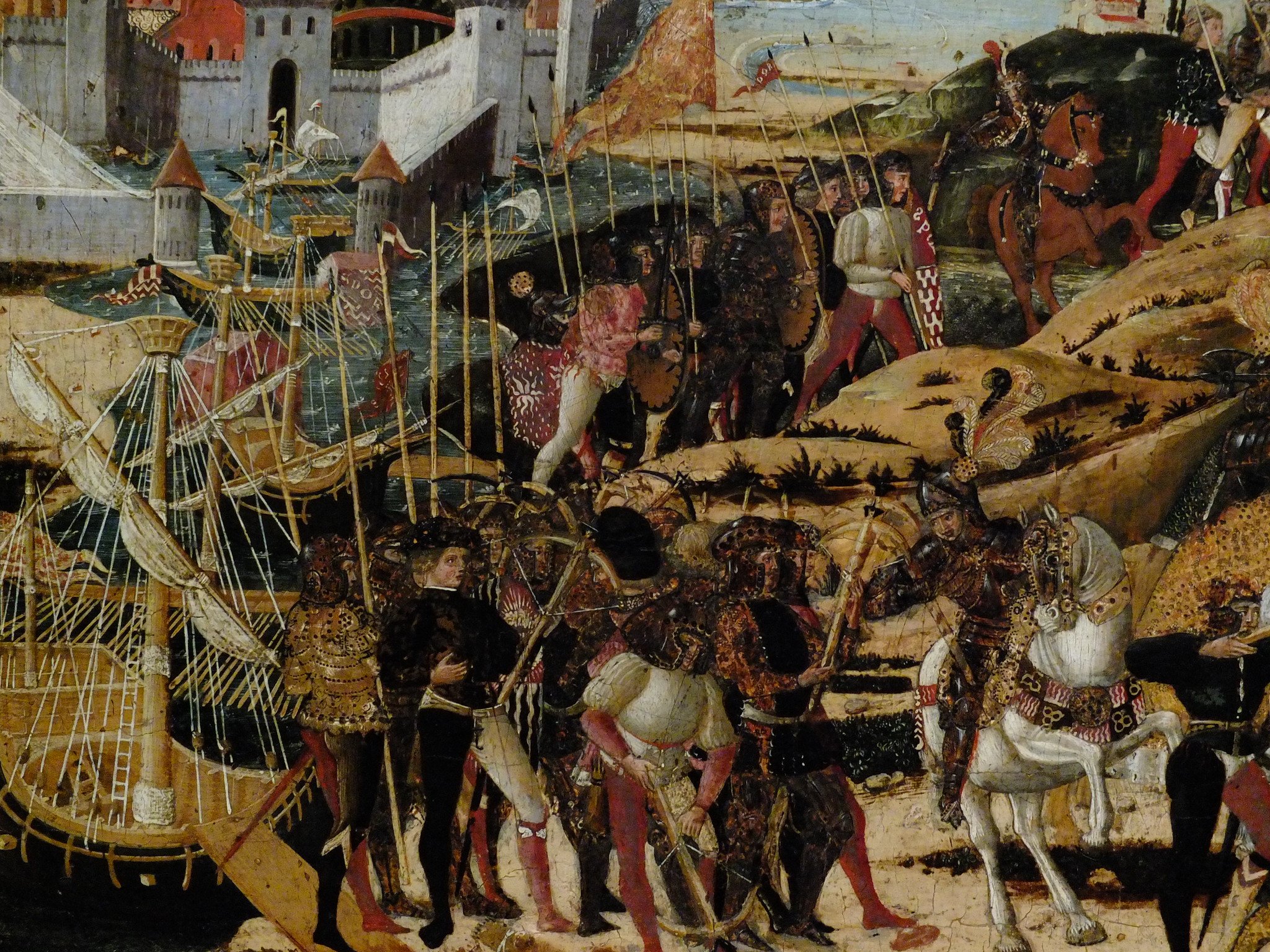
The annals of history are filled with stories of divine intervention and unexpected heroes. Few, however, feature a humble bird that saved the day—unless, of course, one recalls the 2019 Untitled Goose Game meme. In Rome, however, history tells of a time when it was neither soldiers nor generals that protected the Republic but the alertness of some holy geese. This remarkable tale, recorded by Livy in his work Ab Urbe Condita, vividly demonstrates the role of fate and faith in Roman society.
The siege of Rome: A city on the brink
In 390 BC, Rome faced a relentless siege by the Gauls, fierce enemies from beyond the Alps. Led by their chieftain Brennus, the Gauls had already defeated the Roman army at the Battle of the Allia River. After their victory, the Gauls advanced on Rome, sacking the city and forcing the remaining citizens to take refuge on the Capitoline Hill. This hill became the city’s last stronghold.
The Romans’ situation on Capitoline Hill became increasingly hopeless. Surrounded and cut off from supplies, they faced starvation and possible defeat. With each passing day, the Gauls grew bolder in their determination to conquer the hill. The city’s future hung by a thread.
A Gaulish gambit

Emboldened by their success, the Gauls devised a stealthy plan to seize the Capitoline Hill. One night, under the cover of darkness, they began their ascent. The Gauls hoped to catch the defenders by surprise. Confident in their strategy, they moved silently, certain the city would soon be theirs.
However, the Gauls had not accounted for the presence of sacred geese on the hill. These holy birds would soon become the city’s unexpected saviors.
Sacred saviors of Juno: Geese
Within the temple of Juno on the Capitoline Hill lived a flock of geese, revered as sacred to the goddess. These geese were not just ordinary birds. They symbolized Juno’s divine protection over Rome. Livy, in Ab Urbe Condita, describes how these holy geese were carefully tended even during times of scarcity due to their sacred status.
As the Gauls climbed the hill, their movements disturbed the geese. Startled, the geese began to honk loudly, their cries echoing through the night. The noise awakened the Romans, alerting them to the imminent danger. Marcus Manlius Capitolinus, a vigilant Roman officer, quickly responded to the alarm. He grabbed his weapons and rallied the defenders. Together, they repelled the Gauls, preventing them from breaching the city’s last defenses. This event perfectly encapsulates how sacred birds prevented Rome invasion at its darkest hour.
Livy’s account: The broader significance
Livy’s account of how sacred geese thwarted Rome’s darkest hour is more than a tale of bird heroics. It reflects the belief in divine intervention. Livy emphasizes the importance of religious observance and the conviction that the gods actively influenced Rome’s fate. The geese, sacred to Juno, were seen as instruments of the goddess. Their honking was perceived as a divine warning that saved the city from invasion.
For Livy, this event was no mere coincidence. It was a clear example of how the gods protected Rome in its most desperate moments. His narrative serves as a reminder of the significance of piety and the ever-present influence of the divine in the lives of the Roman people.
A legacy of feathered guardians
The story of the sacred geese became an enduring legend in Roman culture. This event was commemorated annually in the festival of Juno Moneta, where the geese were honored for their role in saving Rome. The festival celebrated divine intervention and reinforced Roman values of vigilance, piety, and respect for the gods.
The story also carried a moral lesson. The Roman sentries who failed in their watchfulness were punished, while the geese who did their duty were revered. Thus, the tale of the sacred geese became a powerful parable about responsibility and the protection that came from adhering to divine will.
How sacred birds prevented Rome’s invasion
Whether the story of how sacred birds prevented the invasion of Rome is fact or legend, its significance in Roman culture is undeniable. The tale of the holy geese became part of Rome’s myths, shaping the identity of the city and its people. The story illustrates how even the the most seemingly insignificant of creatures can play a pivotal role in history.
